Ever since Justice League faltered critically and commercially in November 2017, fans have been lobbying to see a different version of the film under the hashtag #releasetheSnydercut. Director Zack Snyder had put together a nearly four-hour version of the movie before a family tragedy pulled him away from the production. Snyder handed over the reins to another director, Joss Whedon, who produced a pop film that dramatically diverged from Snyder’s typically gloomier fare.
A small but loud subset of Snyder’s fans have deployed every trick in the Internet campaign playbook to see this fabled version of the superhero movie: They have spammed Warner Bros.’ social media accounts, bought billboards in Times Square and paid for a plane bearing the hashtag #releasetheSnydercut to fly over San Diego Comic-Con. Some of them have also harassed Whedon and others associated with the DC Extended Universe (DCEU)—accusing them of being “snakes” who worked to undermine Snyder’s vision—and propagated bizarre conspiracy theories about film critics and journalists.
Tactics aside, the #releasetheSnydercut contingent is finally getting its wish, as HBO Max announced Wednesday that the “Snyder cut” of the movie will be released exclusively on its new streaming platform, probably sometime in 2021, after Snyder recovers old footage and completes post-production. It was an unlikely victory: For years, Snyder never confirmed the #Snydercut existed or could be cobbled together, and even die-hard fans admitted the campaign was a long shot. Still, there was precedent: Director Richard Donner was replaced on the 1980 movie Superman II, but after decades of fan lobbying, Warner Bros. finally agreed to release the “Donner cut” of the movie in 2005.
At a moment when pop culture is languishing as film and TV sets largely remain shut down during quarantine, releasing a wildly-anticipated cut of a previously released film is a savvy economic move. But there are some who argue that Warner Bros.’ decision to capitulate to fans who have used dubious tactics to achieve their goals may ultimately prove unwise. Here’s everything you need to know about the Snyder cut.
What is the Snyder cut of Justice League?
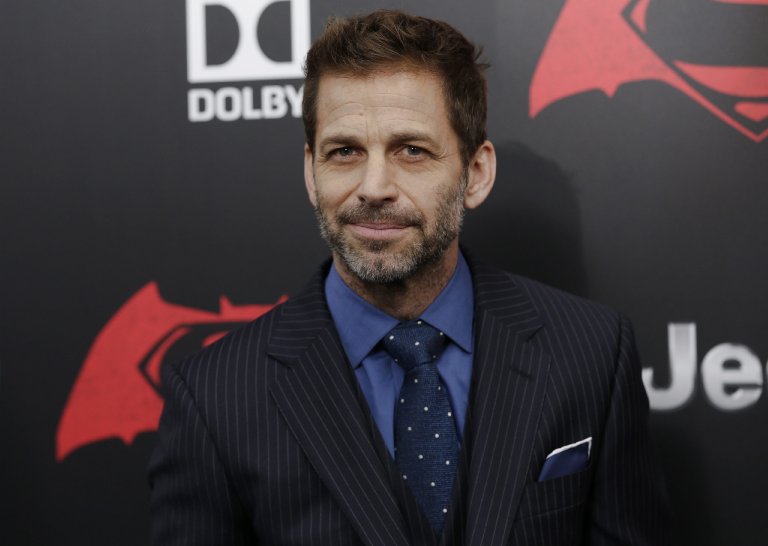
Zack Snyder took up the mantle as the architect of the DCEU after Christopher Nolan set the tone for future DC movies with his Dark Knight trilogy between 2005 and 2012. After establishing a distinct style in his adaptations of the comic book series 300 and the graphic novel Watchmen, Snyder tackled Superman’s story with the 2013 film Man of Steel. The Marvel Cinematic Universe was already blossoming: Iron Man premiered in 2008, and the first team-up movie in that franchise, Joss Whedon’s The Avengers, smashed box office records. Playing catch-up, Warner Bros. spun Man of Steel into a new cinematic universe with Henry Cavill as its Superman, Ben Affleck as its Batman, Gal Gadot as its Wonder Woman and Jason Momoa as its Aquaman.
Snyder introduced the latter two characters In 2016’s Batman v Superman: Dawn of Justice and began to film Justice League that same year. By January of 2017, he had produced a four-hour cut of the movie. Warner Bros. wanted to release a two-hour version and asked the director to trim his magnum opus. Snyder recently told The Hollywood Reporter that he whittled the movie down to two hours and 20 minutes before screening the film for the studio and, according to Snyder, everyone agreed that the movie still needed work before it could be released to the public.
But Snyder never finished the film. His daughter died by suicide in March of 2017, and Snyder left the production to spend time with his family. Warner Bros. recruited Whedon, who at that point had directed two Avengers films for Marvel, to finish Justice League by its scheduled November 2017 release date.
The result was a mishmash of a movie. Snyder and Whedon have radically different styles. Whedon, who cut his teeth on shows like Buffy the Vampire Slayer, established a reputation early as the king of geek humor. With the first two Avengers movies, he helped define the punch-quip style that now dominates the MCU. Snyder, by contrast, builds superhero universes that are ultra-violent, often to the point of ludicrousness. (Think: Leonidas kicking a Persian messenger into a pit as he screams “This. Is. Sparta!” in 300.) Snyder prefers darker palates and grittier storylines, a direct refutation of the Marvel tone.
Justice League was bubbly. Its colors were bright. This was not the work of Snyder.
The movie earned $658 million worldwide, a disappointment compared to Whedon’s The Avengers, which had grossed $1.5 billion when it was released half a decade earlier. Hollywood considered the DC team-up movie such an abject failure that Affleck and Cavill both departed the franchise soon after Justice League’s release.
Fans quickly took to Twitter to demand the “original” version of the movie. A Change.org petition for Warner Bros. to #releasetheSnydercut garnered over 100,000 signatures within five days of the movie’s release.
Does the Snyder cut actually exist?
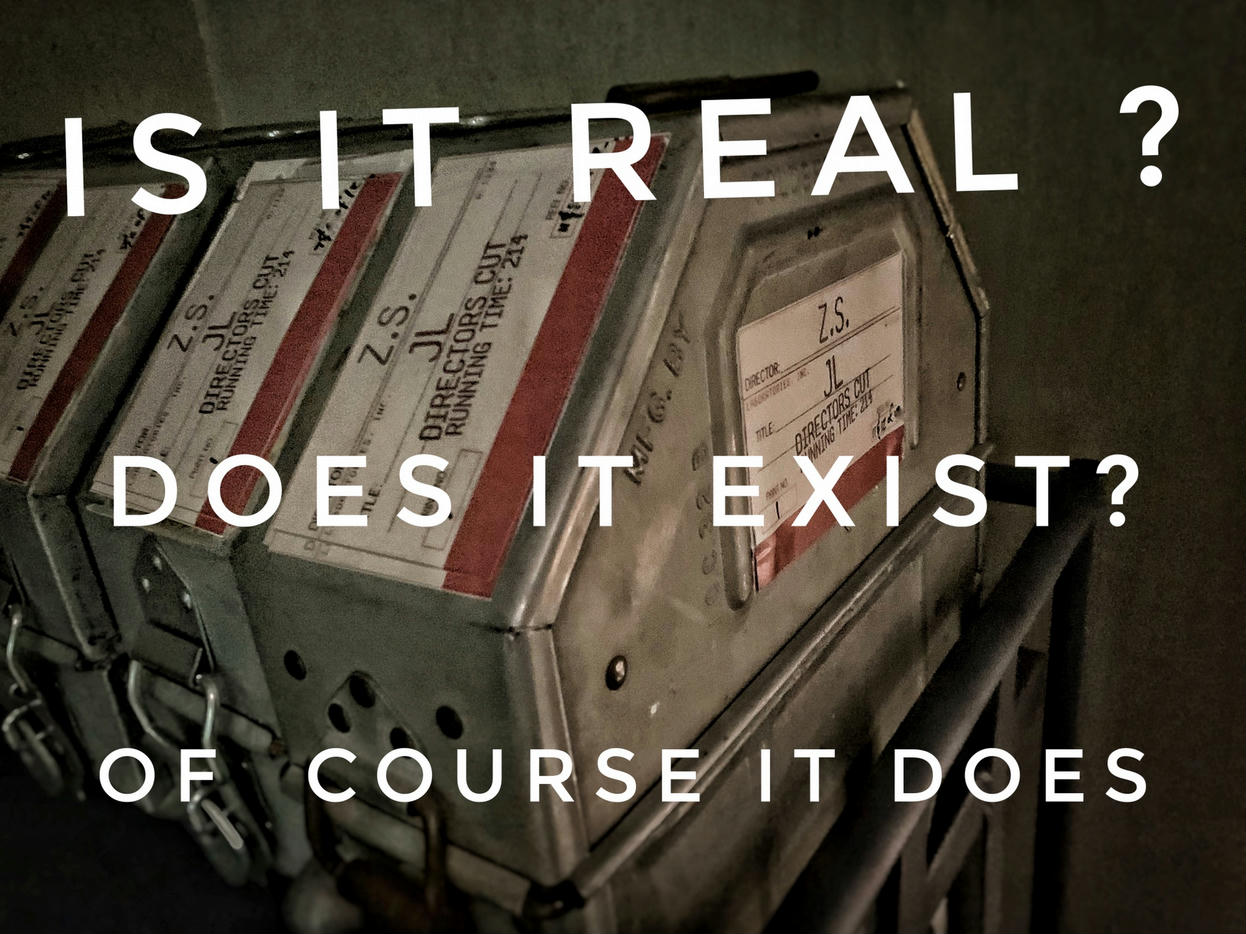
Sort of. The version Snyder presented to Warner Bros. was an unfinished film without special effects or music. Over the years, conflicting accounts have emerged as to how much of that original movie actually made it to theaters. Snyder has occasionally stoked speculation by dropping storyboards or images that did not appear in the Whedon cut.
Through coordinated effort or happenstance, the director and actors behind Justice League revived the Snyder cut campaign late last year. On the second anniversary of the film’s release this past November, #releasetheSnydercut had its biggest day yet on Twitter, thanks in part to Affleck and Gadot tweeting out the hashtag themselves. Snyder’s version of the Justice League movie became the most Tweeted about movie Warner Bros. has ever made—even though it has never actually been released.
Snyder himself began posting stills from what looked to be an alternate cut of the movie on a social media platform called Vero. On December 4, 2019, he posted a photo of stored film reels with his name on them along with the words, “Is it real? Does it exist? Of course it does.”
Snyder now says that Warner Bros. approached him shortly after Justice League’s second anniversary to see if he would be willing to finish the fabled cut and release it on the new streaming platform HBOMax. He agreed, and the film will likely be ready in 2021.
It’s unclear how different the Snyder cut actually will be from the original. Snyder claims that to this day he has never watched the version that was released in theaters. “You probably saw one-fourth of what I did,” the director told the Hollywood Reporter. He added that he based that judgment on what others had told him of Whedon’s version.
Snyder is reassembling the post-production team from the movie to recut, score and add new visual effects to his new version. Some of the original cast may even need to re-record dialogue. The entire endeavor will likely cost $20-$30 million, according to the Hollywood Reporter.
Why do some fans hate the Joss Whedon version?
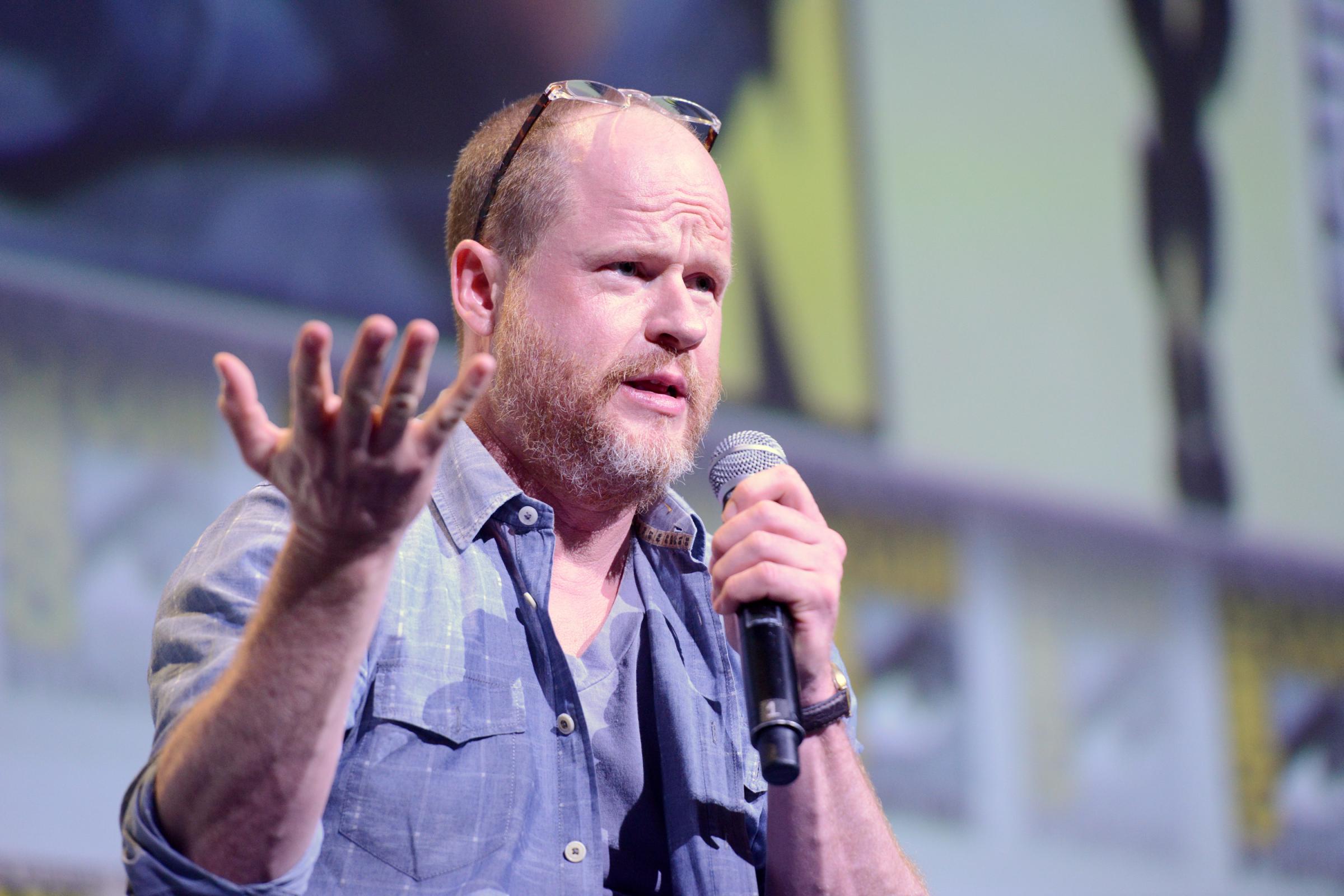
The Whedon version marked a pivot in Warner Bros.’ superhero film strategy—a change that did not sit well with some fans.
Marvel Studios had found massive success with movies that followed a pleasing action-humor formula. Warner Bros.’ movies were proving less successful critically and commercially, and many critics blamed Snyder’s depressing tone.
Warner Bros. had signaled it wanted to move away from its gloomy palette after critics knocked. Batman v Superman for its somber tone. Throughout 2016, Warner Bros. teased Suicide Squad as a twisted epic: Will Smith shared stories of Jared Leto, who was playing the Joker, sending dead rats and used condoms to other actors on set. But then an independent production company that cuts trailers created a gag-filled teaser for the film set to pop music. People loved the fun, lighter approach, and the studio hastily recut Suicide Squad to mimic the trailer. The result was a choppy, incoherent plot. The Joker, teased as a major player in the movie, only appeared in a handful of scenes. Characters and plot points were mysteriously dropped midway through the movie.
But the film proved a box office smash, grossing $746.8 million. The next year, the optimistic Wonder Woman debuted to critical and commercial success with $821.8 million in ticket sales. And so Justice League tried to split the difference between joy and darkness.
Fans judged Justice League a disaster for reasons beyond the bipolar tone. Superman had, technically, died in the previous movie, Batman v Superman—but the studio spoiled Superman’s resurrection in Justice League at Comic-Con before the movie was released, undercutting much of the dramatic tension of the franchise. And by the time Whedon had to schedule last-minute reshoots for the film, star Henry Cavill had grown a mustache for 2018’s Mission: Impossible — Fallout and was contractually obligated not to shave it off. The studio’s CGI gurus created an incredibly distracting fake upper lip for Superman in many of his scenes.
Fans cited these missteps as signals of larger problems with a franchise that seemed to be losing faith in the Snyder model. Certain subset of fans were most outraged by what they perceived as the “Marvelization” of the DC movie, an effort to make the franchise more fun and heartwarming and less gritty and “serious.”
What’s with the Marvel-DC fandom rift?
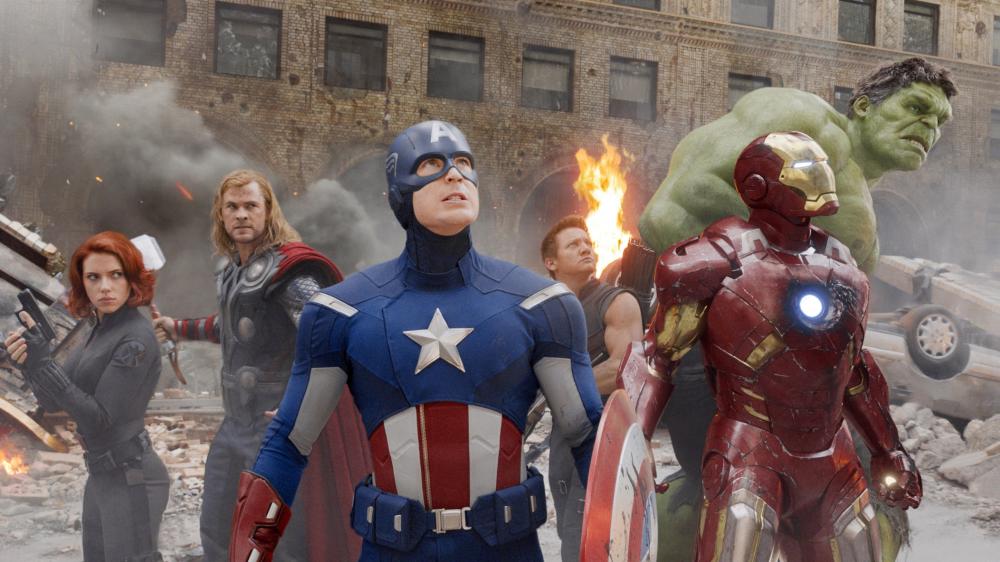
Fans’ passion for the Snyder cut does not simply stem from the desire to see a new cut of a mediocre film. The #releasetheSyndercut debate is part of a larger culture war.
For a long time, comic book movies balanced the comic and the tragic. That trend changed with Christopher Nolan’s Dark Knight series, which was, as Heath Ledger’s Joker would remind us, “so serious.” Fans ate it up. Snyder’s adaptations of self-serious comics like 300 and Watchmen probably would not have been possible without the Dark Knight series’ success. As he built the DC universe, Snyder continued to take inspiration from Nolan’s gravitas in Man of Steel and Batman v Superman.
Unlike Nolan’s films, Snyder’s movies have tended to fare poorly with critics, often earning “rotten” scores on critical aggregator site Rotten Tomatoes, sparking outrage among his fans.
Critics have a complicated relationship with superhero movies. Even those who love certain superhero movies bemoan the fact that Marvel and DC have crowded out original ideas—the dramas that dominated the box office in the ’90s or the comedies that flourished in the ’80s. Instead, those genres often get hidden and repackaged inside comic book movies in order to sell tickets. A debate, sparked by Martin Scorsese accusing Marvel movies of being “not cinema,” raged last year as to whether comic book movies by their very nature lack profundity. Some cultural critics have even implied that comic book movie fans are in a state of arrested development.
Those assessments don’t sit well with die-hard comic book movie fans who want their passions to be taken seriously. In a bid to prove superhero movies aren’t juvenile, they point to Snyder’s emphatically “adult” movies—filled with (arguably gratuitous) sex and violence. Whether all that R-rated material proves those movies “aren’t for kids” or firmly situates them in the realm of a teenage boy’s fantasy is up for debate, but the Snyder cut movement is at the center of that conflict. Its release could prove a victory for “more serious” superhero films, or serve as more evidence that the genre is juvenile, depending on your personal stance.
Is #releasetheSnydercut a toxic fandom?
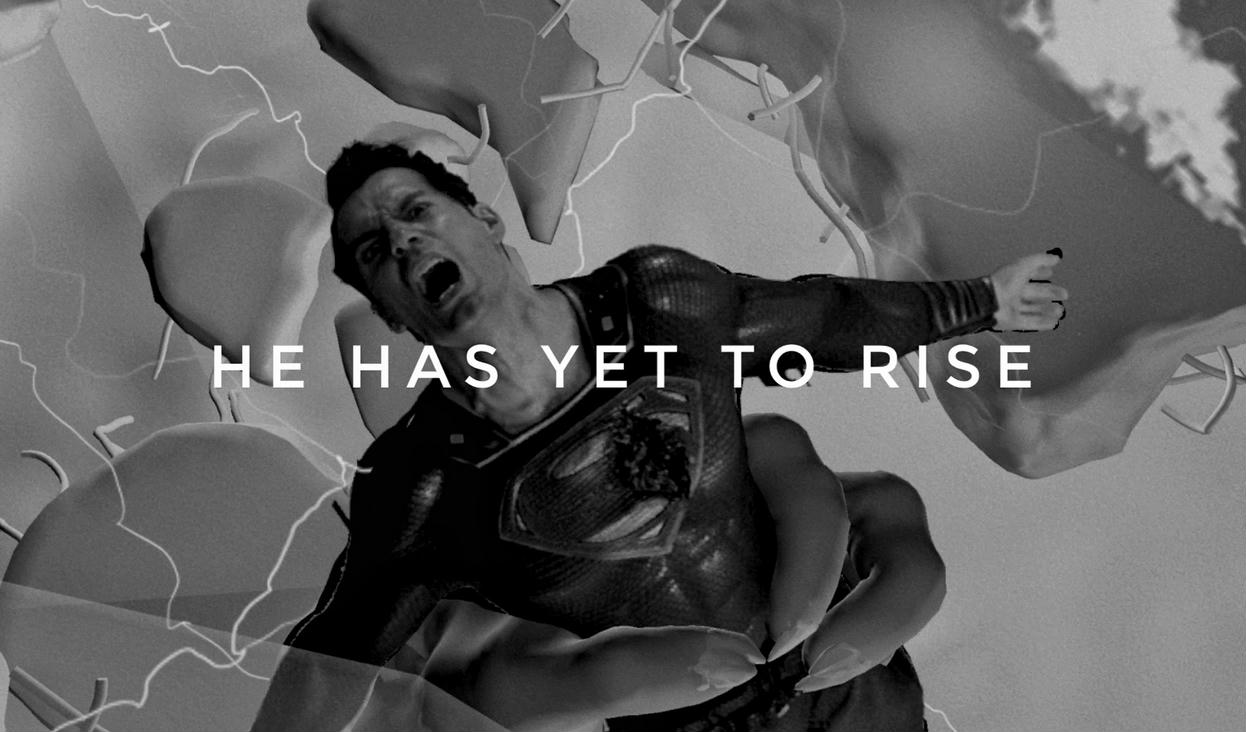
It’s important to distinguish a few toxic individuals from a larger movement. The man who originally started the Change.org petition to release the Snyder cut, Roberto Mata, has made racist and sexist comments. (In another Change.org petition he called his critics “feminists,” “Black Lives Matter” advocates, and “social justice warriors” trying to silence him for the sake of “political correctness.”) To their credit, other prominent voices in the #releasetheSyndercut movement have disavowed Mata.
But some fans still employ trolling tactics to achieve their goals. When mainstream critics give positive reviews to Marvel movies, some trolls use the Snyder cut hashtag to accuse film critics of being Disney shills. There are Twitter accounts solely dedicated to trolling Marvel fans and film journalists. They ganged up on a female journalist who criticized the Snyder cut movement.
Wonder Woman director Patty Jenkins and Matt Reeves, who is set to direct the Robert Pattinson Batman film, have both had their accounts filled with accusations of being “snakes” who undermine Snyder’s vision and the release of the Snyder cut. After the former head of DC Entertainment Diane Nelson tweeted of The Joker, “this is what we should have been doing since Nolan” (i.e. the studio should have been making movies like The Joker instead of Snyder’s films), #releasetheSyndercut harassed her until she deleted her account. YouTubers and bloggers have focused on producer Geoff Johns as a scapegoat for the failure of Justice League.
Snyder fans even recently ganged up on the Warner Bros. Twitter account when it posted a memorial to Kobe Bryant. One comment read: “We love Kobe. So thank you @WBHomeEnt but you are not off the hook. #ReleaseTheSndyerCut! RIP to the greatest Laker of all time. Yes I said it. The greatest!!!” Another reply showed a photoshopped picture of Snyder spanking a film journalist.
Why do some fans consider it problematic for Warner Bros. to release the Snyder cut?
Fans’ sense of entitlement is growing. Each time a studio capitulates to a group of fans who use toxic means to achieve their ends, one argument goes, they set a dangerous precedent.
Warner Bros. is far from the first studio to bend to the will of their loudest critics. After a group of misogynists protested the all-female Ghostbusters movie and harassed and hacked one of its stars, Leslie Jones, to the point of driving her off social media, Columbia Pictures greenlit another Ghostbusters movie—Ghostbusters: Afterlife, directed by Jason Reitman and due out next year—that would ignore the events of the 2016 film. Reitman declared he would “hand the movie back to the fans,” which many took as a suggestion that the misogynist trolls who railed against a female Ghostbusters were the true fans and women were not. Many journalists argued that retconning the all-female Ghostbusters would offer the trolls a win.
Since then, activists with a transparently misogynistic agenda have tried to tank Rotten Tomatoes scores of major female-starring movies, including Captain Marvel, before they even premiered, forcing Rotten Tomatoes to change its policy on who is allowed to review films and when.
Last year, I wrote about how J.J. Abrams’ Star Wars: The Rise of Skywalker played like a direct refutation of Rian Johnson’s Star Wars: The Last Jedi, apparently bending to the will of fans who objected to particular characters and larger themes of Johnson’s movie and even started an online petition to remake Last Jedi. The changes, including sidelining actor Kelly Marie Tran, not only made for a mediocre film but emboldened the sexist and bigoted trolls who had driven Tran off social media two years before.
The tactics of the #releasetheSyndercut movement have been, at times, disturbing. Now that DCEU fans have won this victory over Warner Bros., some may take it as a signal that the same methods should be deployed the next time they are even mildly disappointed with a film.
The studio also seems to be setting itself up for failure. The commercial and critical disappointments of Rise of Skywalker proved that making a movie by fan committee usually fails artistically. The Snyder cut has been built in the imaginations of fans into a perfect epic that will eclipse not only Whedon’s version but every other superhero movie ever made. There’s no way that the movie can meet those expectations, especially as it is cobbled together ex post facto during the current quarantine.
What does this mean for the future of the DCEU?
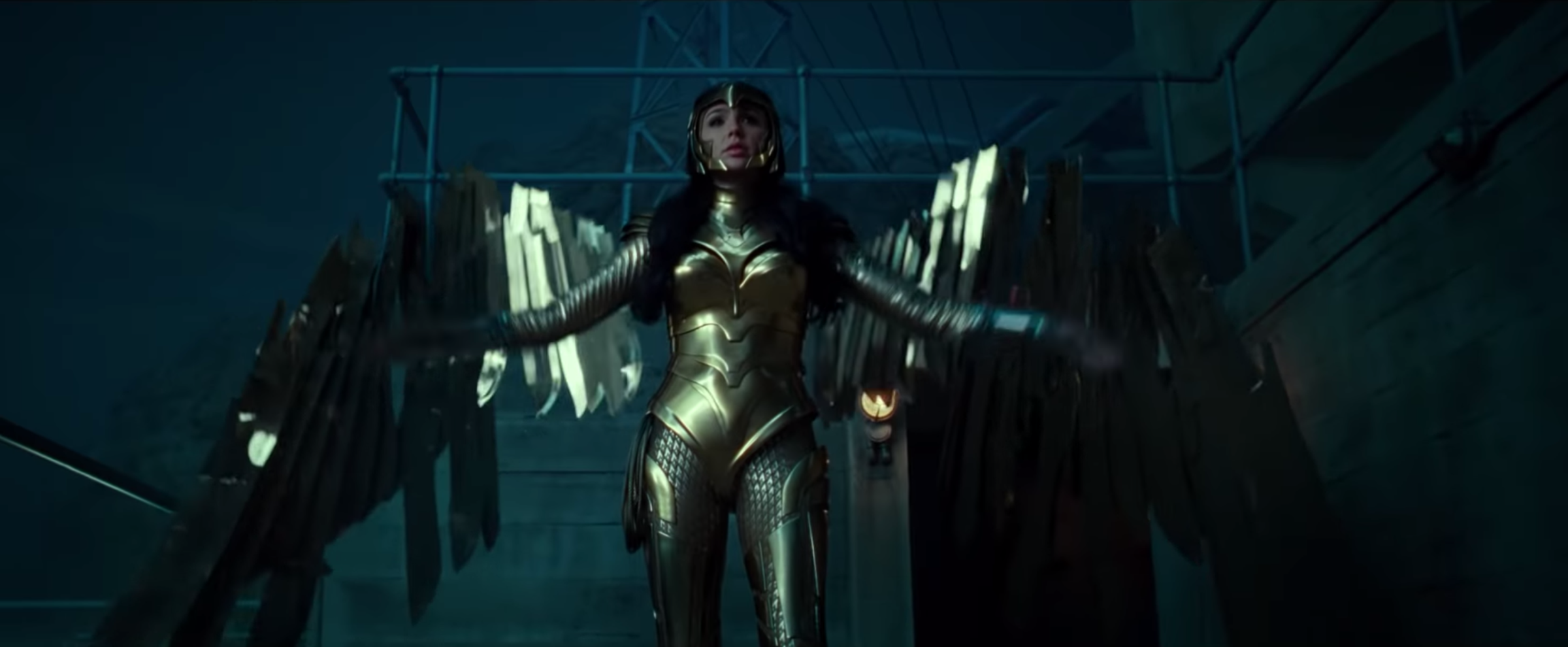
Justice League nearly killed the DCEU. Both Cavill and Affleck exited the franchise after filming concluded. Long planned spinoff movies for members of the team, the Flash and Cyborg, still have not materialized.
Warner Bros. has since pivoted away from the type of team-up films that made Marvel Studios the most successful franchise in the world, opting instead to focus on one-off movies that have nothing to do with each other plot-wise: last year’s Joker movie set in the 1970s and starring Joaquin Phoenix, a Suicide Squad reboot due out next year, a new Batman series starring Pattinson. Don’t expect Phoenix’s joker to face off against Pattinson’s Batman any time soon.
Only Gadot’s Wonder Woman and Jason Momoa’s Aquaman remain from the original Justice League crew, with both of their solo movies performing extremely well at the box office. It’s unlikely, however, that Warner Bros. will release another Justice League movie, at least with the previous cast of characters.
But one thing is certain: Snyder is involved in the DCEU again. The director had left the superhero universe behind to work on new projects, including a Netflix zombie movie called Army of the Dead and an adaptation of the controversial novel The Fountainhead. Snyder recently revealed he has abandoned the latter project given the current political climate. He worried that Ayn Rand’s philosophy is “a really touchy subject right now.” He told the site Comic Book Debate, “People will think it’s hardcore right-wing propaganda, but I don’t view it like that. I just think the story is super fun and crazy and melodramatic about architecture and sex.”
And so, abandoning political allegory, Snyder is returning to the slightly less controversial world of comic book movies.
More Must-Reads from TIME
- Donald Trump Is TIME's 2024 Person of the Year
- Why We Chose Trump as Person of the Year
- Is Intermittent Fasting Good or Bad for You?
- The 100 Must-Read Books of 2024
- The 20 Best Christmas TV Episodes
- Column: If Optimism Feels Ridiculous Now, Try Hope
- The Future of Climate Action Is Trade Policy
- Merle Bombardieri Is Helping People Make the Baby Decision
Write to Eliana Dockterman at eliana.dockterman@time.com